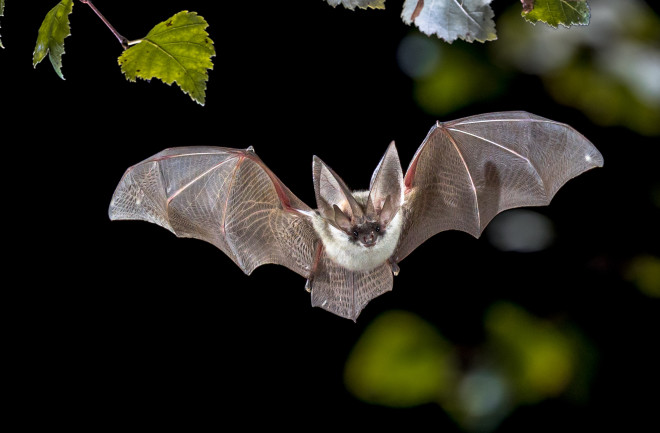We keep hearing about bat-borne viruses, outstanding in their virulence and destructive powers. Most recently, some scientists have laid the blame for the coronavirus epidemic on the furry, winged creatures. What makes them such hotbeds of deadly disease?
Bats are responsible for some of the most fear-inducing zoonotic viruses — those that spread from animals to humans — in recent memory. Ebola, SARS, Marburg, Nipah and more have been traced to the world’s only mammal capable of sustained flight. A new study suggests that their unique niche in the animal kingdom may be responsible for this viral track record.
Essentially, some of the same adaptations that let bats take to the skies also endowed them with a high-functioning immune system, according to the study, published earlier this month in the journal eLife. That powerful immune response thwarts invading viruses, driving them to adapt more rapidly than they would in other hosts. This tends to produce viruses far deadlier than the pathogens found in other creatures. So when one of them does leap to humans, the consequences are often alarming.

